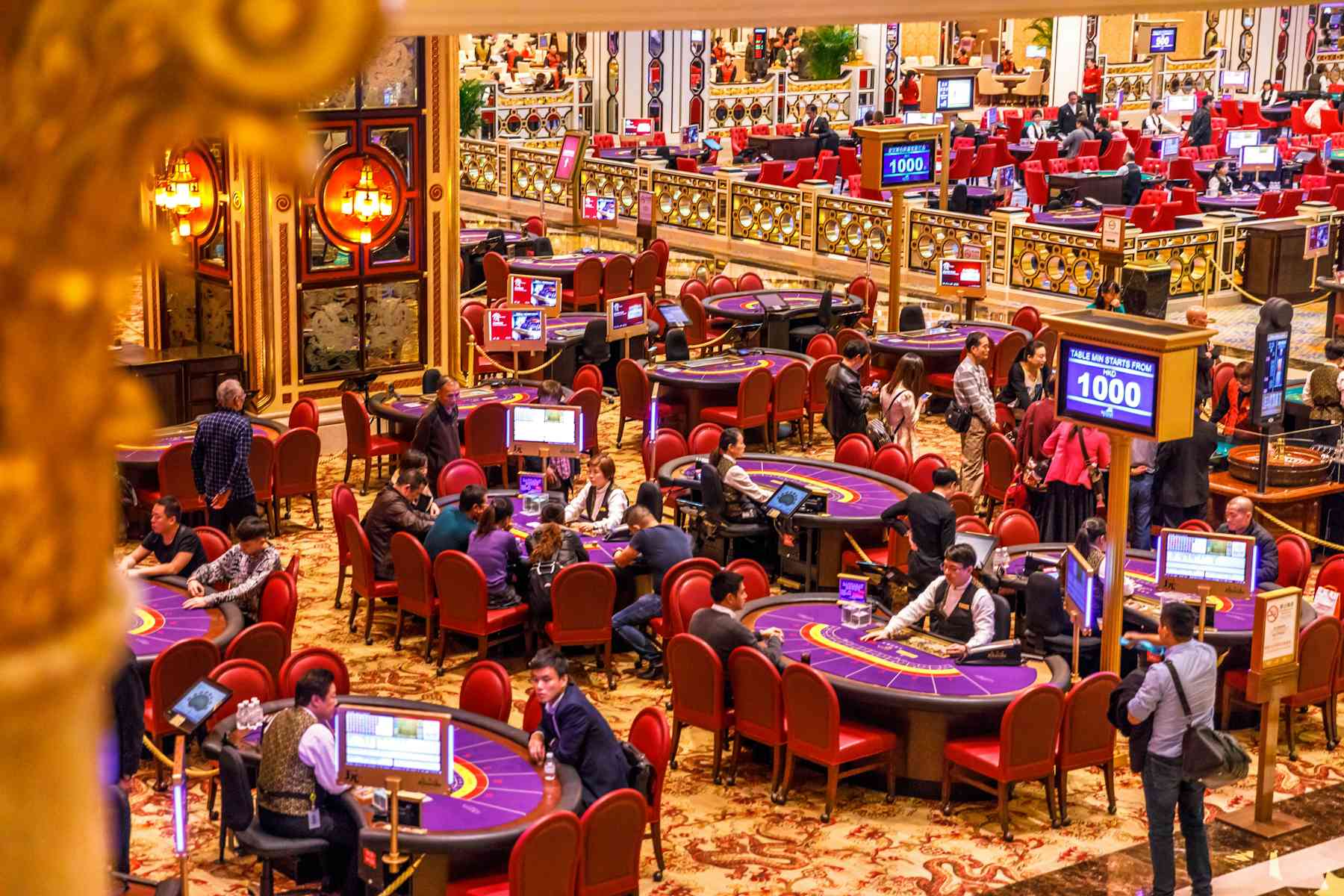While technology continues on advancing at a rapid speed, the realm of entertainment has been undergoing a major change. One of the best exciting developments of the past years is the emergence of VR reality, which have started in reshape the way we experience different types of games. The casino industry, known for its vibrant environment and thrilling experiences, is not different. Through the incorporation of virtual reality into casino games, players now have the opportunity to immerse themselves in richly detailed environments that echo the thrill of a physical casino, all from the convenience of their own houses.
Imagine stepping into a digital gambling venue where you can interact with fellow players, participate in live host games, and discover a wide-ranging range of gaming options, all enhanced by cutting-edge technology. This new method not only amplifies the thrill of traditional gambling games but also breaks down geographical barriers, enabling players from the globe to connect and engage in a collective gaming experience. As we look ahead, the possibilities for VR in the domain of casino games are limitless, promising to reshape the way we perceive about gambling and amusement as a whole.
The Ascent of VR in Gaming
The emergence of virtual reality technology has transformed multiple industries, and the gaming industry is at the leading edge of this shift. More than just a trend, virtual reality delivers immersive experiences that bring players closer to the action than ever before. Gambling establishments have begun to harness this innovation, creating settings that mimic the excitement and atmosphere of a physical gaming venue, conveniently from the comfort of home. This shift not only improves gameplay and attracts a new generation of players eager for innovative experiences.
As soon as VR is more accessible, the variety of games available in this format continues to grow. Players can now engage with popular games such as 21, texas hold’em, and slot machines in a 3D space where they can connect with fellow players and croupiers in real-time. This element elevates the social interaction, allowing users to sense as if they are integral to a vibrant casino community even while physically isolated. The added layer of realism provided by VR is attractive and is probably to influence how gambling games are designed and experienced in the times to come.
Moreover, the adoption of VR into casino gaming is expected to spur advancements in technology and game design. Developers are testing with innovative game mechanics and features that utilize VR’s full potential. These innovations could lead to a diverse array of casino game options that not only capture the spirit of classic games but also offer new formats and ways to play. By embracing virtual reality, gambling establishments can remain competitive in a rapidly evolving gambling market, making sure they satisfy the desires of today’s players wanting exciting and captivating experiences.
Enhancing Gaming Experience in Casino Games
Virtual reality is transforming the manner gamblers participate in gambling games, developing immersive environments that simulate the feel of a traditional casino. By putting on a virtual reality headset, players can dive into a digital realm where they can play with realistic 3D models of casino games. This experiential depth intensifies the bond players have with their play experience, making every slot spin or dice roll feel more dynamic and genuine.
In addition to visual immersion, the integration of tactile feedback technology gives players with touch experiences that improve gameplay. For instance, as a player wins a hand in virtual poker, they can receive vibrations through their controllers that replicate the feeling of earning chips in actual gameplay. https://vuagamebai88.net/ This layer of interactive feedback makes the experience more engaging and helps to bridge the gap between real-life and online gaming settings.
Social engagement is another important aspect that this technology brings to gaming experiences. Players can join social gaming, enjoying the excitement of battling friends or new acquaintances in a collective VR setting. This communal aspect fosters a community feeling and camaraderie, which is often lacking in traditional online gaming. By allowing players to talk and connect in live, VR casinos restore the communal vibe that many players cherish in brick-and-mortar casinos, ultimately leading to a more fulfilling and more enjoyable gaming experience.
Emerging Developments and Innovations in Virtual Reality Gaming Environments
As tech continues to evolve, the inclusion of artificial intelligence and machine learning into VR gaming environments is poised to revolutionize the gaming experience. These advancements will enable for more personalized gameplay by adapting games to individual player likes and behaviors. Players can look forward to smooth interactions with virtual dealers and artificial intelligence-powered companions that enhance immersion and engagement, forming a realistic casino atmosphere from the comfort of their homes.
In addition, the implementation of blockchain promises to redefine the safety and clarity of transactions in Virtual Reality casinos. With smart contracts enabling quicker payouts and provable fairness in game outcomes, players can enjoy confidence knowing that their funds are secure. This combination of technologies can establish trust and foster a larger player base, encouraging more people to delve into virtual gambling environments.
Additionally, the evolution of social interaction within Virtual Reality gaming environments is likely to take center stage. Future advances may facilitate deeper connections among players, offering features such as virtual chat rooms, multiplayer competitions, and even live events. By including social elements, these innovations will not only enhance the gaming experience but also cultivate a dynamic community where players can exchange strategies, acknowledge wins, and enjoy camaraderie in a dynamic digital setting.

